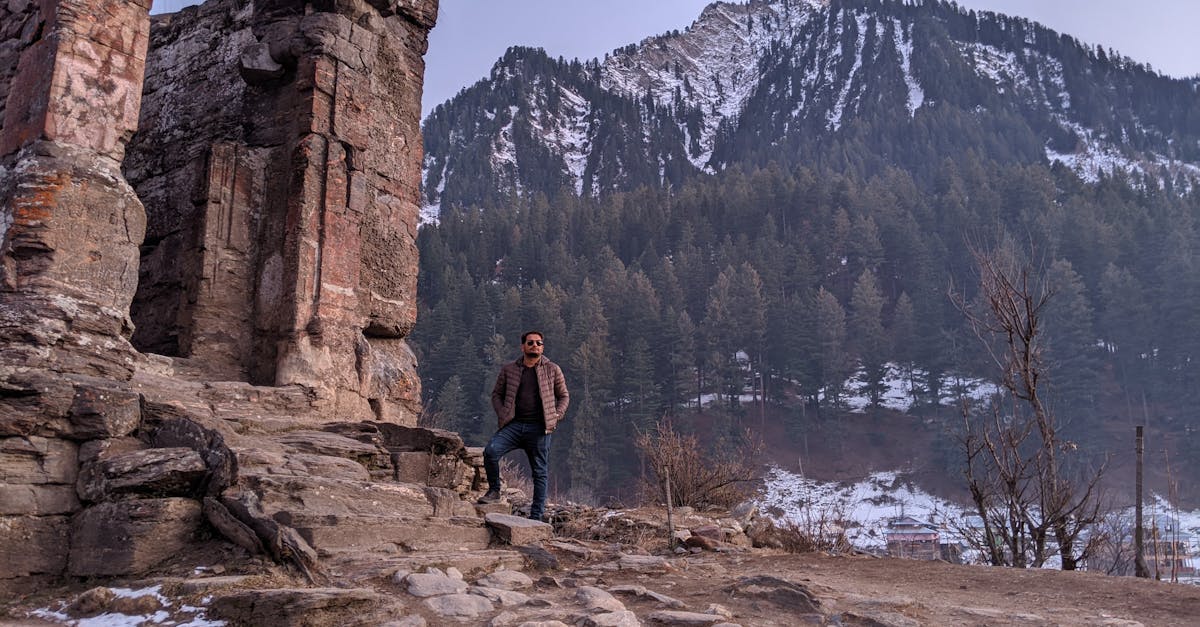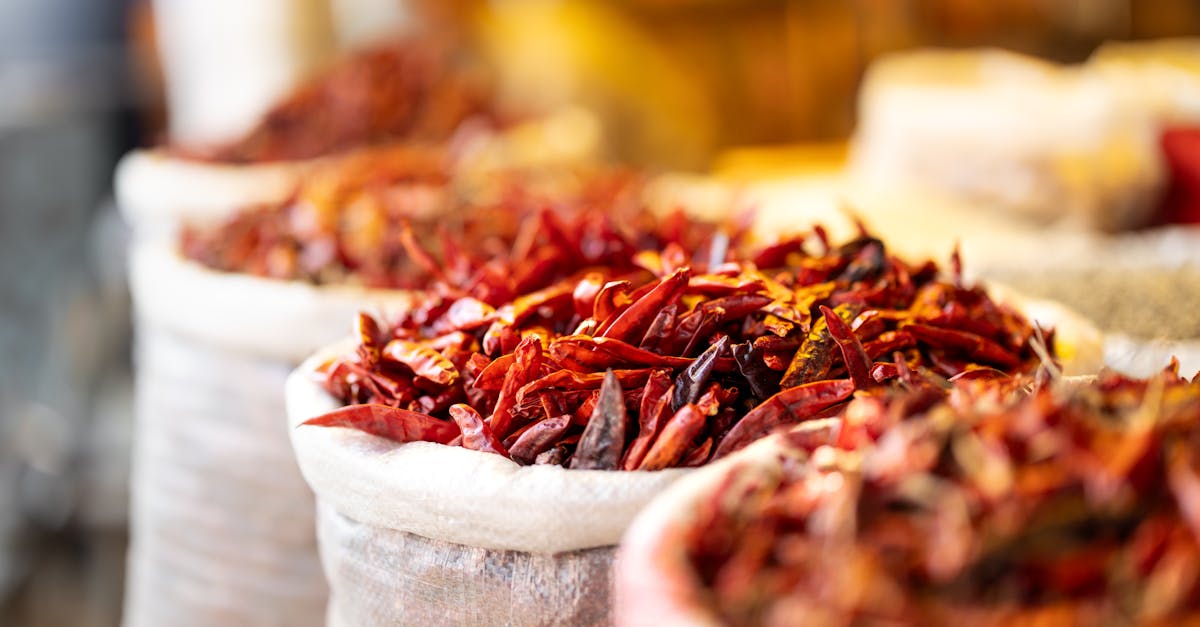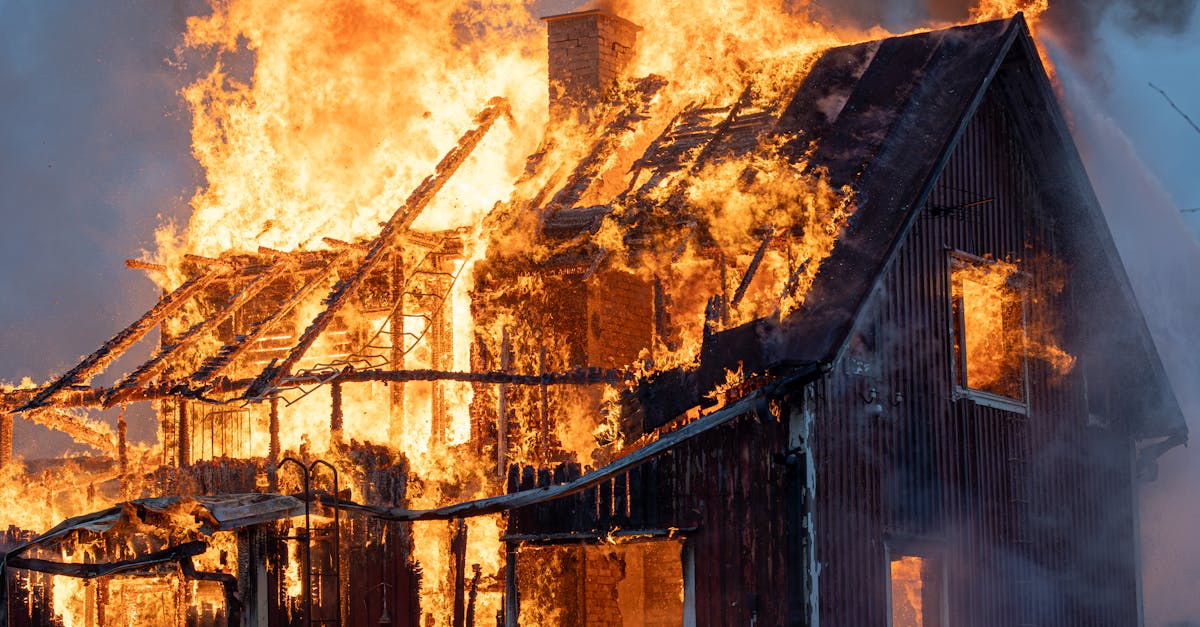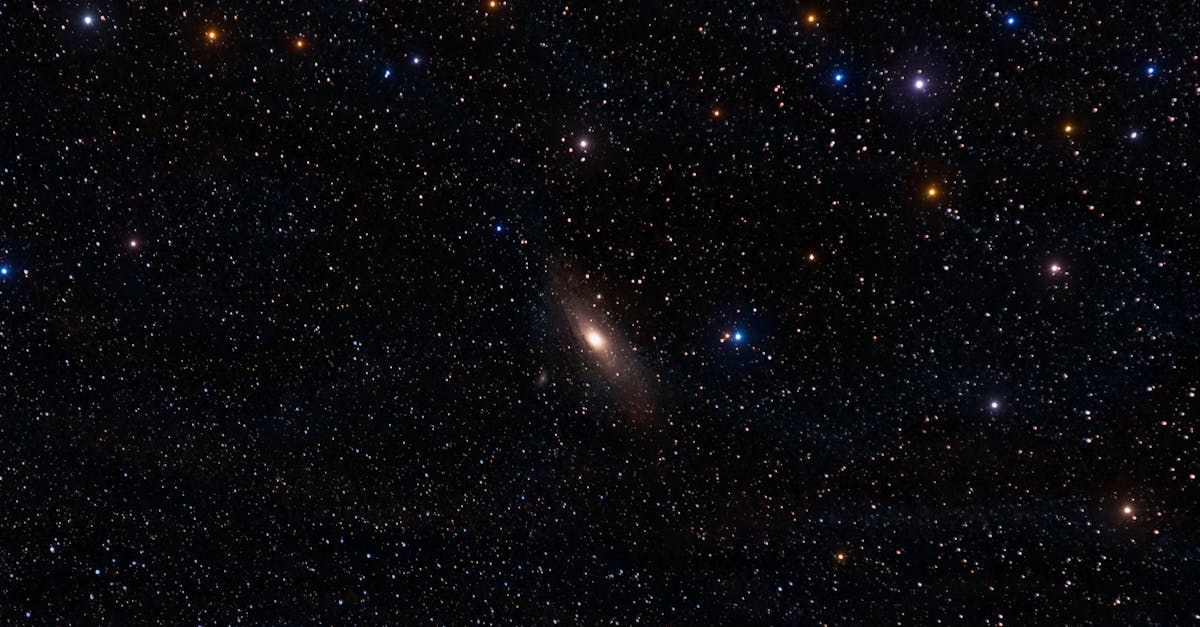Rajasthan’s Ancient Artesian Wells
- News: Water gushing out in Jaisalmer, Rajasthan, from what’s considered an artesian well.
- Origin: Experts link the water to the ancient Tethys Sea (millions of years old) rather than the Saraswati River.
- Artesian Well Definition: A well where water rises naturally to the surface due to pressure within a confined aquifer.
- Formation: Occurs when a well penetrates a confined aquifer (permeable layer between impermeable layers). Pressure forces water upwards.
- Rajasthan Artesian Well Features: High salinity, similar to ancient sea water.
- Evidence: Presence of marine clay (containing skeletal remains) supports the Tethys Sea connection.
- Tethys Sea: Existed during the Mesozoic Era, between Gondwana and Laurasia.
- Tethys Sea Significance: Its closure led to the formation of the Himalayas.
- Tethys Sea Remnants: Smaller seas like the Mediterranean, Caspian, and Black Sea are remnants.
- Geological Significance: Jaisalmer was once a coastal region of the Tethys Sea with unique fossil discoveries.
- Artesian Well vs Tube well Artesian wells flow naturally while tube wells require pumping
Arunachal Religion Act
-
Key Points:
- The Arunachal Pradesh government is reviving the 1978 “Freedom of Religion Act” by framing rules for its implementation.
- The Act prohibits religious conversion through force, inducement, or fraud.
- Violations can lead to up to two years imprisonment and a Rs. 10,000 fine.
- All conversions must be reported to the Deputy Commissioner.
- “Religious faiths” include indigenous faiths like Buddhism, Donyi-Polo, and Vaishnavism.
-
Why it Matters:
- The Act aims to regulate religious conversions, particularly addressing concerns about forced conversions.
- Arunachal Pradesh has diverse indigenous communities and a significant Christian population.
- Christianity grew rapidly after the 1950s, becoming the largest religion with 30.26% of the population in 2011.
- The Act’s revival follows a PIL (Public Interest Litigation) filed in 2022, prompting the government to act.
- The court mandated finalization of the rules within six months, highlighting the urgency of the implementation.
Alakananda: Key Facts
-
One of Ganga’s Main Headstreams: Alaknanda is one of the two primary sources of the Ganges, the other being the Bhagirathi. This highlights its significance in the formation of the holy river.
-
Origin in Garhwal Himalayas: It originates from the Satopanth and Bhagirath Kharak glaciers in Uttarakhand. This specifies its geographical source.
-
Five Major Confluences (Panch Prayag): The river merges with five significant tributaries at worshipped confluences:
- Vishnuprayag: Dhauliganga River
- Nandprayag: Nandakini River
- Karnaprayag: Pindar River
- Rudraprayag: Mandakini River
- Devprayag: Bhagirathi River (formation of Ganga)
-
Dominant Flow at Ganga’s Formation: Alaknanda contributes a larger volume of water than Bhagirathi at their confluence to form the Ganga. This emphasizes its substantial role.
-
190 km Journey: The river travels approximately 190 km from source to its union with Bhagirathi. This provides a sense of its length.
-
Pilgrimage Sites: Badrinath, Hemkund Sahib, and Joshimath are located along its banks. This indicates the river’s
religious importance. -
Char Dham Yatra Significance: The Alaknanda River valley is a vital part of the Char Dham Yatra pilgrimage. This connects it to a major Hindu pilgrimage circuit.
-
Ganga’s Tributaries: The Ganga receives numerous tributaries, including Alaknanda, Ramganga, Kali, Yamuna, Gomti, Ghagra, Gandak, Kosi and Sone, draining 11 states. This puts Alaknanda into context with other tributaries of Ganga.
Guru Gobind Singh
-
Significance: Guru Gobind Singh Jayanti, observed annually on January 6th, commemorates the birth anniversary of the 10th Sikh Guru, a pivotal figure in Sikhism.
-
Early Leadership: Ascended as the tenth and last Guru at age nine following the martyrdom of his father, Guru Tegh Bahadur, by Mughal Emperor Aurangzeb.
-
Founding of the Khalsa: Guru Gobind Singh established the Khalsa on Baisakhi in 1699, central to Sikh identity and principles. Introduced the “Panj Piare,” the first five initiated Sikhs, forming the nucleus of the Khalsa.
-
The Five Ks: Introduced the five articles of faith: Kesh (uncut hair), Kangha (comb), Kara (bracelet), Kirpan (sword), and Kacchera (breeches), which are fundamental to the Sikh identity.
-
Legacy and Contributions: Credited with the Dasam Granth, a collection of hymns integral to Sikh prayers and rituals. Declared Guru Granth Sahib as the permanent Guru.
-
Conflicts and Support: Led battles against the Mughal Empire and hill rajas. Supported Bahadur Shah I in the Battle of Jajau.
-
Tragic End: Assassinated in 1708 in Nanded, Maharashtra, by a Pashtun assassin, on the orders of Nawab Wazir Khan of Sirhind.
Noctule Bat
-
Common Noctule Bat Overview: Insectivorous bat species found across Europe and temperate Asia.
-
Appearance: Golden to dark brown fur, paler underside, narrow pointed wings, powerful flight with dives.
-
Echolocation: Uses low frequencies (around 25kHz), sometimes audible to humans, especially children.
-
Habitat: Forests, open areas, near human habitation. Roosts in hollow trees, buildings, caves.
-
Hibernation: Hibernates during winter in caves, rock crevices, bat boxes, even buildings (especially in Eastern Europe). Hibernation is a state of reduced metabolic activity and body temperature to survive adverse winter conditions.
-
Distribution: Found throughout Europe, temperate Asia, and parts of North Africa.
-
Conservation: Listed as Least Concern by IUCN.
-
Why in the News: Article provides no specific news context about the Common Noctule Bat.
Girl Child Day 2025
-
National Girl Child Day: Observed annually on January 24th to promote the rights, empowerment, and potential of girls in India.
-
Theme: “Empowering Girls for a Bright Future” emphasizes equal opportunities in education, healthcare, and personal growth.
-
Started in: 2008 by the Ministry of Women and Child Development to address critical issues like child marriage and female foeticide.
-
10th Anniversary of BBBP: The 2025 celebrations will mark the 10th anniversary of the Beti Bachao Beti Padhao (BBBP) scheme, running from January 22nd to March 8th, 2025 (International Women’s Day).
-
Initiatives: Celebrations will be centered around significant measures taken towards girl child development via Prohibition of Child Marriage Act, 2006, POCSO Act, 2012, Mission Vatsalya etc.

World Gold Council: Intro
-
Nonprofit Association: The World Gold Council (WGC) is a non-profit organization for leading gold producers. This is important as it clarifies its mission isn’t profit-driven but focused
on industry development. -
Market Development: It acts as a market development organization for the gold industry, promoting gold demand and usage. This highlights its active role in shaping the gold market.
-
Membership: Composed of 33 members, many being gold mining companies. This indicates the WGC’s direct connection to the gold production sector.
-
Established in 1987: Formed to promote gold via marketing, research, and lobbying. This gives context to its long-term involvement in the gold industry.
-
Headquarters: Located in London, UK. This establishes its global presence.
-
Objectives: Maximize industry growth by monitoring and defending gold consumption, setting standards, and promoting sustainability. This outlines its core objectives for the gold sector.
-
Global Authority: The WGC is a leading source for gold industry analysis and information. This emphasizes its credibility and influence.
-
Key Publications: Publishes quarterly reports on the gold market and demand trends. These reports are essential for understanding gold market dynamics.
-
Research Sponsorship: Co-sponsors research to develop new gold applications. This illustrates its commitment to innovation within the gold industry.
-
Market Coverage: Covers markets representing ~75% of global gold consumption. This underscores its significant reach and impact on the global gold market.
-
ETF Creation: The WGC created the first gold exchange-traded fund. This demonstrates its role in pioneering new investment vehicles for gold.
HMPV
- HMPV Surge in China: Increased respiratory illnesses in China, potentially linked to Human Metapneumovirus (HMPV), have raised concerns about a new pandemic.
- WHO Response: The World Health Organization (WHO) has not issued any pandemic warnings, emergency declarations, or health crisis notices related to HMPV.
- HMPV Global Presence: HMPV is a globally present respiratory pathogen, not limited to China.
- Discovery and Similarity: Discovered in 2001, HMPV causes flu and COVID-19 like acute respiratory infections.
- Symptoms: Symptoms include cough, fever, sore throat, runny nose, and wheezing, typically resolving in 2-5 days.
- Vulnerable Groups: Children, the elderly, and individuals with weakened immune systems are at higher risk.
- Transmission: Spread occurs through close contact or contaminated surfaces.
- Seasonality: HMPV typically circulates during winter and spring.
- Severity: While most cases are mild, 5-16% can lead to severe conditions like bronchiolitis or pneumonia.
- No Vaccine: There is currently no vaccine available for HMPV.
- Family: HMPV belongs to the Pneumoviridae family, which includes RSV, measles, and mumps viruses.
DRDO @ 67
-
67th Foundation Day: DRDO celebrated its 67th Foundation Day on January 1st, paying tribute to Dr. APJ Abdul Kalam. This highlights DRDO’s crucial role in enhancing India’s defense capabilities.
-
Establishment and Evolution: Founded in 1958 by merging several defense entities. It has grown from 10 to 41 laboratories and 5 DRDO Young Scientist Laboratories (DYSLs).
-
Core Principle: DRDO’s motto, “Balasya Mulam Vigyanam” (Strength lies in science), reflects its commitment to national security.
-
Mission: To achieve self-reliance in critical defense technologies and equip the Indian armed forces with advanced weapon systems.
-
Technology Clusters: Organized into seven technology domain-based clusters after a 2007 review, covering areas from aeronautics to soldier support systems.
-
Key Achievements in 2024: DRDO handed over Air Defence Systems (ADTCR, ADFCR), Missile Systems (LR-LACM, QRSAM, MRAshM), Advanced Platforms (MMMA, SCA, PRACHAND), and developed AI tool ‘Divya Drishti.’
-
Flagship Programs: Cabinet Committee on Security (CCS) sanctioned Full Scale Engineering Development (FSED) of Advanced Medium Combat Aircraft (AMCA) and a new Missile Test Range in Andhra Pradesh.
-
Missile Systems: Developed diverse missile systems like MICA, Astra, Trishul, Akash, Agni, BrahMos, and Nirbhay.
-
Other Systems: Produced Combat Aircraft (LCA Tejas), Rocket Systems (Pinaka), Naval Systems (Humsa, Nagan), Main Battle Tank (Arjun), and Unmanned Aerial Systems (Lakshya, Nishant).
-
Dr. Kalam’s Contributions: Dr. Kalam’s leadership in the Integrated Guided Missile Development Program (IGMDP) was vital in developing missiles like Prithvi, Trishul, Akash, Nag, and Agni, earning him the title ‘Missile Man of India.’
-
IGMDP Significance: The IGMDP (1983-2008) aimed to achieve self-reliance in missile technology, resulting in indigenous systems and strengthening India’s defense-industrial base.
NZBA
- What it is: The Net-Zero Banking Alliance (NZBA) is a group of global banks committed to achieving net-zero greenhouse gas emissions by 2050. It was founded in April 2021 under the UN Environment Programme Finance Initiative (UNEP FI).
- Key Commitments: NZBA members pledged to align lending and investment portfolios with net-zero emissions by 2050, set interim targets, focus on carbon-intensive sectors, and report annually on progress.
- Recent Departures: Major US banks including Goldman Sachs, Wells Fargo, Citigroup, Bank of America, and Morgan Stanley have withdrawn from the alliance.
- Why they left: This exodus is driven by increasing political pressure, particularly in anticipation of Donald Trump’s potential return to the White House and his policies related to environment.
- Significance: Despite the departures, NZBA still represents nearly half of global banking assets with 142 members from 44 countries. The situation highlights the complexities of climate commitments and political influence on financial institutions.
AFT: Justice for Uniforms
-
About: The Armed Forces Tribunal (AFT) is a military tribunal in India, established in 2007 under the Armed Forces Tribunal Act. It operates under the Ministry of Defence (MoD).
-
Purpose: It resolves disputes related to service matters and appeals arising from court-martial decisions for personnel subject to the Army Act, Navy Act, and Air Force Act. It provides an avenue for adjudication and appeals in these cases.
-
Jurisdiction: It has original jurisdiction over service matters and appellate jurisdiction over court-martial cases. Appeals against AFT decisions can only be made in the Supreme Court.
-
Benches: AFT has a Principal Bench in New Delhi, and regional benches located across India.
-
Composition: Each bench consists of a Judicial Member (retired High Court Judge) and an Administrative Member (retired Major General or equivalent, or Judge Advocate General).
-
Functioning: Proceedings are conducted in English, following procedures similar to those of High Courts.
-
Tribunal Definition: AFT, like other tribunals, is a quasi-judicial body providing a quicker, more cost-effective alternative to traditional courts for specific disputes.
India Poverty Down, SBI Says
-
Why in News: SBI report reveals significant poverty reduction in India, attributed to government interventions and improved consumption.
-
Decline in Poverty Rates (FY24):
- Rural: 4.86% (from 25.7% in 2011-12).
- Urban: 4.09% (from 13.7% in 2011-12).
-
Government Impact: Direct Benefit Transfers (DBT), infrastructure development, and farmer-centric initiatives improved rural livelihoods.
-
Improved Rural Consumption: The gap between rural and urban consumption is narrowing. Rural Monthly Per Capita Consumption Expenditure (MPCE) gap reduced from 88.2% (2004-05) to 69.7% (2023-24).
-
Poverty Line: Defined as Rs 1,632 (rural) and Rs 1,944 (urban) in FY24, adjusted for inflation.
-
State-wise Savings: Higher-income states show savings rates above the national average of 31%. Bihar has a negative savings rate (-6%), likely due to outward migration.
-
Impact of Inflation: Consumption demand is elastic, meaning food price changes significantly impact overall spending. Rising food prices negatively affect MPCE, especially in low-income rural areas.
-
Regional Disparities: Rural-urban gap impact is more noticeable in high-income states, with risk-taking being more cautious in low-income rural areas.
Digital Governance
-
India’s Digital Governance Push: India is actively transitioning to digital governance to improve citizen services and government workforce capabilities. This signifies a shift in how government employees and associated service providers operate.
-
Key Initiatives:
- iGOT Karmayogi: An online platform to train government officials in data analytics, public administration, and digital technologies. This is crucial for capacity building.
- e-Office: Digitize workflows to reduce paperwork, increase efficiency, promote real-time communication and transparency.
- Government e-Marketplace (GeM): Online procurement to streamline processes.
-
Challenges:
- Resistance to Change: Government workforce may be slow to adopt new technologies.
- Lack of Incentives: Training programs might lack tangible outcomes and incentives for employees.
- Digital Divide: Unequal access to internet and digital tools hinders progress, particularly in rural areas.
- Cybersecurity Concerns: Increased risks related to online operations need to be addressed.
- Continuous Learning: Ongoing training and upskilling are essential for adaptation.
-
The Way Forward:
- Robust Infrastructure: Improve connectivity and access to digital tools, especially in rural areas.
- Targeted Training: Ensure training programs are outcome-driven and adaptable.
- Cybersecurity: Implement strong cybersecurity protocols.
- Incentives & Recognition: Reward employees excelling in digital tool usage.
- Inclusivity: Equip all employees with necessary digital skills.
Crimea
- Environmental Emergency: An oil spill has been declared in Sevastopol, Crimea’s largest city, due to fuel oil leaking from two storm-stricken tankers in the Kerch Strait.
- Geographic Context: Crimea is a peninsula in Eastern Europe, bordering the Black Sea and Sea of Azov, and features mountains, steppe, and a southern coast.
- Water Bodies: The region has several rivers and salt lakes, crucial for understanding potential contamination spread.
- Political Status: Crimea was annexed by Russia in 2014, a move internationally condemned.
- Economic Aspects: Agriculture is a key part of the region and is vulnerable to environmental disasters. Industry in the area includes iron ore mining and a spa industry, with the former also at risk.
- Infrastructure: The Kerch Strait Bridge connects Crimea to Russia and could be affected by environmental or political developments resulting from the spill.
Tidal Tails: Explained
-
Tidal tails are elongated streams of stars and gas extending from galaxies.
-
They form during close encounters or mergers of galaxies. Why? Gravitational forces distort and stretch out material.
-
Galactic interactions strip gas and stars to create two tails (trailing and preceding). Why? It’s a direct consequence of tidal forces during the interaction.
-
Tidal tails are a signature of recent galaxy merger activity. Why? They persist long after the initial interaction.
-
Examples: Tadpole Galaxy, Mice Galaxies.
-
Tidal forces eject significant galaxy gas into the tails.
-
~10% of star formation in galaxies with tidal tails happens in the tails.
-
~1% of all star formation in the universe occurs within tidal tails. Why? It’s a significant, albeit relatively small, contribution to overall star formation.
-
Studying tidal tails helps understand galaxy interactions, mergers, and evolution. Why? They provide visible evidence of these processes.
Dino Drive
-
Discovery: Hundreds of dinosaur footprints, dubbed the “dinosaur highway,” were found at Dewars Farm Quarry in Oxfordshire, UK.
-
Age: The footprints date back to the Middle Jurassic Period, approximately 166 million years ago.
-
Dinosaur Types: The footprints reveal the presence of Sauropods (like Cetiosaurus), and carnivores like Megalosaurus.
-
Significance of Dinosaur Highway: The high concentration of footprints indicates an area where dinosaurs frequently walked or migrated.
-
Dinosaur Overview: Dinosaurs were prehistoric reptiles from the Mesozoic Era, including the Triassic, Jurassic, and Cretaceous periods.
-
Dinosaur Diversity: Dinosaurs encompassed a wide range, from massive herbivores to smaller carnivores.
-
Unique Feature: A key characteristic of dinosaurs was their upright walking posture, enabled by the hole in their hip socket.
-
Extinction: Dinosaurs, excluding modern birds, went extinct around 66 million years ago, likely due to an asteroid impact.
PLI Scheme 1.1
-
PLI Scheme 1.1 Implementation: Runs from FY 2025-26 to FY 2029-30.
-
Product Categories: Covers coated/plated steel, high-strength steel, specialty rails, alloy steel, electrical steel, and steel wires. These are crucial for various sectors like automotive and appliances.
-
CRGO Steel Focus: Addresses a technological gap in India as no domestic steelmaker currently produces this high-value steel for power transformers.
-
Changes to Scheme:
- Lowered investment and capacity thresholds for CRGO, making it more accessible to smaller players.
- Carry-forward provision allows companies to claim incentives on excess production from the previous year.
- Reduced investment thresholds for capacity augmentation, incentivizing existing steelmakers to upgrade facilities instead of solely building new ones.
-
Capacity Augmentation: Supports energy efficiency and process improvements by including companies investing in upgrading existing facilities, not just building new plants.
-
Scheme Objectives: Aims to boost domestic specialty steel production, reduce reliance on imports, and attract capital investment.
Savitribai Phule’s Birthday
- Celebration: The Prime Minister paid tribute on Savitribai Phule’s 193rd birth anniversary on January 3rd, 2025. This highlights her ongoing relevance.
- Overcoming Adversity: Savitribai Phule faced severe opposition, including physical and social attacks, demonstrating her courage and commitment. This emphasizes the challenges she overcame.
- Pioneering Education for Girls: She established India’s first school for girls in 1848 and helped run 18 schools. This underscores her crucial role in promoting women’s education.
- Advocacy for the Downtrodden: She started educational trusts and worked to uplift the Dalit community. This illustrates her fight against caste-based discrimination.
- Combating Gender-Based Violence: She and her husband founded Balhatya Pratibandhak Griha, India’s first home to fight female infanticide and support vulnerable women. This highlights her efforts to combat gender inequality and violence.
- Literary Contributions: Savitribai authored notable works like Kavya Phule and Bavan Kashi Subodh Ratnakar that promoted her ideas. This points to her role in shaping social discourse through literature.
BHARATPOL
-
BHARATPOL Portal Launched: A new portal to streamline international police cooperation through INTERPOL.
-
Purpose: To expedite and simplify requests for international assistance, including Red Notices and other INTERPOL notices.
-
Target Users: Field-level police officers, empowering them to handle crimes and security challenges more efficiently.
-
Benefits: Faster access to international assistance, strengthens India’s fight against transnational crimes, and real-time information sharing for Indian Law Enforcement Agencies (LEAs).
-
Developer: Central Bureau of Investigation (CBI).
-
CBI’s Role: Acts as the National Central Bureau (NCB-New Delhi) for INTERPOL in India. Facilitates international cooperation.
-
Current System: Communication relies on letters, emails, and faxes. BHARATPOL aims to modernize this.
-
INTERPOL: The world’s largest international police organization with 195 member countries, facilitating police cooperation against cross-border crime.
-
Why It Matters: Improves communication and collaboration in fighting international crime, enhancing the efficiency of Indian law enforcement in dealing with global threats. It will replace traditional methods, creating a modern system.
Braille Day ’25
-
World Braille Day, observed annually on January 4th, honors Louis Braille’s birth and his invention of the Braille system.
-
Louis Braille (1809-1852), who lost his sight at age three, developed the Braille system in France. His work was inspired by Charles Barbier’s “night writing” system.
-
Barbier’s “night writing,” created in 1815, used 12 raised dots for silent communication by soldiers in darkness. Braille simplified this.
-
The Braille system employs a 6-dot matrix to represent characters through unique dot arrangements, enabling tactile reading.
-
Braille can be produced using slates, braille writers, and electronic devices, offering diverse methods of access.
-
Braille remains essential for independence, particularly for individuals born blind, despite technological advancements like AI and voice technology. It fosters literacy and self-sufficiency.
NZBA
- Net-Zero Banking Alliance (NZBA): A UN-convened group of global banks committed to aligning lending, investment, and capital markets activities with net-zero emissions by 2050.
- Purpose: Climate accelerator for UNEP Financial Initiative’s Principles for Responsible Banking (PRB).
- Governance: Governed by a Steering Group (selected by member banks) and Chair, supported by UNEP FI Secretariat, and the UN. Operates under NZBA governance documents (updated August 2023 and March 2024).
- Commitments:
- Transition lending and investment portfolios to net-zero by 2050.
- Set 2030 and 2050 targets within 18 months of joining, with intermediary targets every 5 years from 2030.
- Focus first 2030 targets on priority (GHG-intensive) sectors. Set further sector targets within 36 months.
- Annually publish emissions data.
- Indian Bank Exclusion: No Indian bank is currently a member.
- UNEP’s Role: The United Nations Environment Programme (UNEP) is the leading environmental authority in the United Nations system. UNEP uses its expertise to strengthen environmental standards and practices while helping implement environmental obligations at the country, regional, and global levels.
Dozer Push Mining
-
Automated Mining: Dozer Push Mining is an unmanned, automated system designed to optimize mining operations.
-
Safe Operation: It controls vibration and flyrock, keeping them within safe limits during extraction.
-
CSIR-CIMFR Innovation: Developed by CSIR-CIMFR, it’s meant to make mining safer and more efficient.
-
Alternative to Conventional Methods: It’s presented as a better option than standard truck-shovel or dragline mining.
-
Improved Efficiency: Faster coal recovery and reduced weather-related delays enhance efficiency.
-
Cost-Effective: Operational costs can be reduced by an estimated 7-10% compared to traditional methods.
-
Enhanced Productivity: Better dragline utilization leads to improved productivity and lower unit costs.
-
Worker Safety: Unmanned operation minimizes risks for workers associated with manual labor.
-
Rat-hole mining Contrast: The provided context defines “rat-hole” mining for contrast, highlighting the innovation of Dozer Push Mining as a safer and more technologically advanced method compared to the dangerous and rudimentary practice prevalent in areas like Meghalaya.
DSIR
-
40th Foundation Day: The Department of Scientific and Industrial Research (DSIR) celebrated its 40th Foundation Day on January 4, 2025. This signifies four decades of contributions to India’s scientific and industrial development.
-
Establishment: DSIR was established on January 4, 1985, under the Ministry of Science and Technology. This highlights its role as a key governmental body for promoting scientific advancement.
-
Mandate: DSIR focuses on promoting indigenous technology development, utilization, and transfer. This is crucial for fostering self-reliance and innovation in India.
-
Oversight: DSIR oversees important organizations like the Council for Scientific and Industrial Research (CSIR), National Research Development Corporation (NRDC), and Central Electronics Ltd (CEL). This demonstrates its influence on the scientific and industrial landscape.
-
International Collaboration: DSIR supports the Asian and Pacific Centre for Transfer of Technology (APCTT) under UN-ESCAP. This showcases its role in international collaboration for regional progress.
-
Key Schemes:
- PRISM: Supports innovators and MSMEs, fostering inclusive development.
- PACE: Aids industries in developing and commercializing innovative technologies.
- CRTDHs: Provides shared infrastructure and technology support for MSMEs.
- A2K+: Promotes technology and innovation information dissemination.
Global Nutrition Goals
-
Slow Progress on Global Nutrition Targets (GNTs): A recent Lancet study reveals insufficient progress towards achieving the GNTs set in 2012 by the World Health Assembly for 2025, concerning maternal and child malnutrition, undernutrition, and overweight. Projections indicate limited success by 2050.
-
Specific Target Misses: Few countries are on track to meet stunting targets, and none are projected to meet targets for low birth weight, anemia, and childhood overweight by 2030.
-
Anaemia Challenges: Anaemia remains static in India for two decades. Iron deficiency is not the sole cause; measurements vary based on blood source (venous vs. capillary). School meal cessation during COVID-19 lockdowns exacerbated anaemia.
-
Stunting Issues: Stunting in India increases rapidly in the first two years. Overfeeding after age two doesn’t correct stunting. Poor fat intake (only 7g/day vs. 30-40g required).
-
Rising Childhood Overweight: Globally increasing, including in India, leading to metabolic overnutrition and potential NCDs (Non-Communicable Diseases).
-
Key Recommendations: Diversify diets for anaemia, prioritize stunting prevention in early years, improve fat intake for children under 3, use accurate anaemia measurement methods, and address both under- and overnutrition in policies.
-
Challenges to Achieving GNTs:
- Global: Persistent anaemia (especially in low-income areas), slow stunting reduction, rising overweight/obesity, and childhood wasting.
- India: Limited dietary diversity (rice/wheat dominance), economic barriers to nutritious food, inadequate data, rising NCDs, and climate change impacts on food systems.
-
Way Forward: Policy realignment with region-specific dietary solutions, setting national targets, strengthening resource allocation, integrating nutrition across sectors (health, food, WASH), and developing better monitoring.
-
Why in News? The study highlights the urgent need for innovative strategies and policy adjustments to address slow progress on global nutrition targets and tackle persistent malnutrition issues.
CBI: No State Nod for Central Staff
- SC Ruling: The Supreme Court has ruled that the CBI doesn’t need state consent to investigate central government employees in cases under central laws like the Prevention of Corruption Act, 1988.
- Overturning HC Order: This decision reverses an Andhra Pradesh High Court ruling that had quashed FIRs against central employees due to lack of Telangana’s consent.
- State Consent Defined: State consent is the permission required by the CBI to investigate within a state’s jurisdiction, rooted in India’s federal structure and the division of powers.
- Legal Basis: Section 6 of the Delhi Special Police Establishment (DSPE) Act, 1946 mandates CBI to obtain state consent unless directed otherwise by the judiciary or central government.
- Types of Consent: Consent can be general (blanket permission) or specific (case-by-case).
- CBI’s Mandate: CBI, established in 1963, is the nodal police agency for Interpol coordination and derives its power from the DSPE Act, 1946.
- Operates Under: CBI operates under the Ministry of Personnel, Public Grievances, and Pensions (under PMO).
- Supervision: The Central Vigilance Commission (CVC) oversees CBI investigations under the Prevention of Corruption Act.
- Appointment of Director: The CBI Director is appointed based on recommendations by a committee including the Prime Minister, Leader of the Opposition, and Chief Justice of India and enjoys a tenure security of 2 years .

LEADS 2024
-
Release of LEADS 2024 Report: The Ministry of Commerce & Industry released the 6th Logistics Ease Across Different States (LEADS) 2024 report.
-
Purpose of LEADS Report: An annual assessment to foster inter-state competitiveness and guide policymakers in improving logistics performance, mirroring the World Bank’s Logistics Performance Index (LPI).
-
Objectives: To evaluate logistics efficiency across states and UTs, attract investments, and pinpoint areas for reform.
-
Evaluation Pillars: Assesses performance based on: Logistics Infrastructure, Logistics Services, Operating & Regulatory Environment, and Sustainable Logistics (new in 2024).
-
State/UT Ranking Groups: Achievers, Fast Movers, and Aspirers, categorized by coastal, landlocked, North-Eastern states and Union Territories.
-
Key Recommendations: Adoption of LEAD framework (Longevity, Efficiency & Effectiveness, Accessibility & Accountability, Digitization), promotion of green logistics, public-private partnerships for multi-modal hubs, regional/city-level logistics planning, gender inclusivity, and use of AI/ML/Data Analytics.











